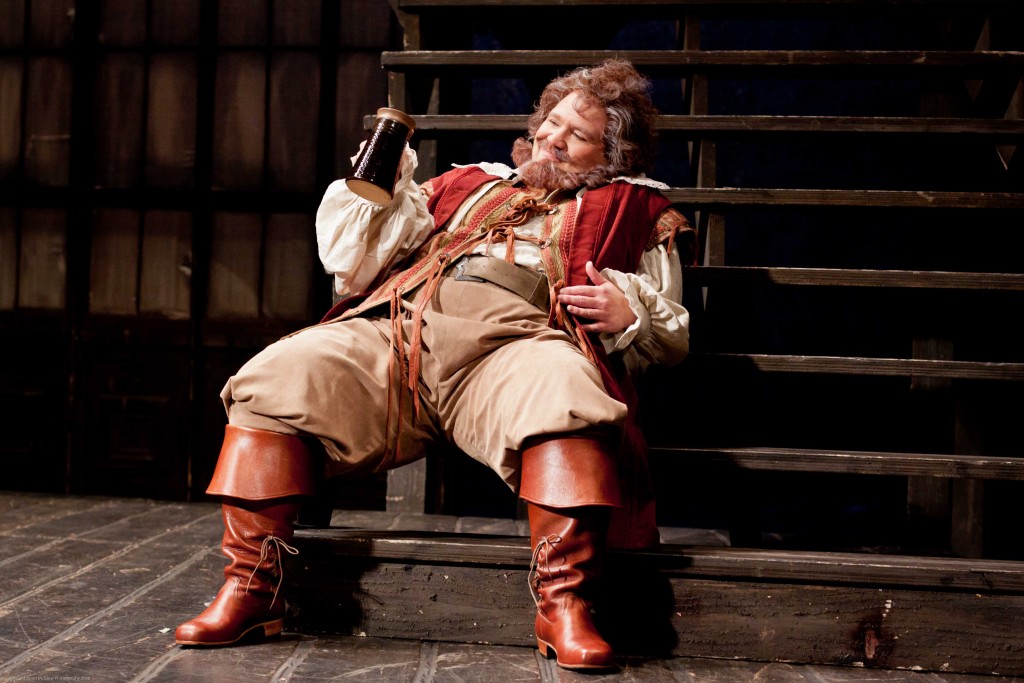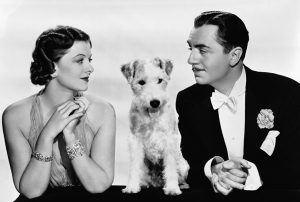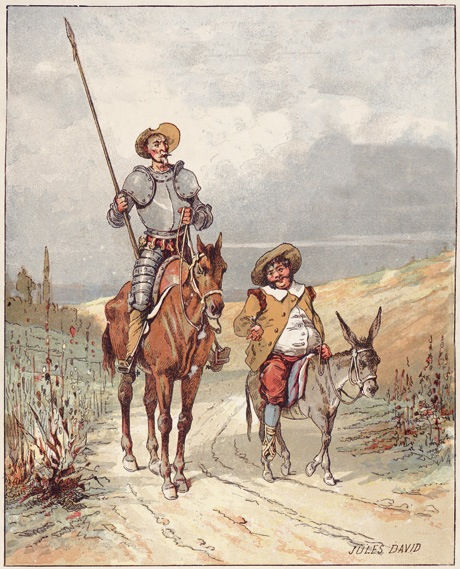As many of my readers know, I am a big fan of what I have named the Cage-Free Character. Those fictional free-range characters occupy a special place in my library, my own novels, and my heart.
What exactly is a Cage-Free Character? He or she typically starts off as a minor character in a novel or dramatic work who quickly yanks control of the story from the creator. In the process, our free-range character morphs from bit player into key figure, and not only adds humor to the work but depth to the protagonist. My two favorite cage-free characters–created within a few years of each other by two giants of literature–are Shakespeare’s Falstaff and Cervantes’ Sancho Panza. Indeed, I am convinced that Falstaff so charmed his creator that what he had originally planned as a single historical play–like its predecessor (Richard II) and its successor (Henry V)–Falstaff forced him to expand into two plays, Henry IV, Part 1 and Henry IV, Part 2, in order to contain all of Falstaff’s exploits and speeches. I’m quite sure that Shakespeare was delighted by Falstaff, and audiences have shared in that delight for centuries.

By contrast, Sancho Panza becomes the first–or at least the most famous–sidekick in literature. The sidekick is the protagonist’s worthy companion who performs many functions to assist the hero or heroine. For those who haven’t read Don Quixote, Sancho is the peasant laborer—greedy but kind, faithful but cowardly, illiterate but brilliant—whom Don Quixote takes on as his squire as he sets off on his insane journey as a knight errant. The cage-free version of the sidekick, such as Sancho, serves a vital and humorous function in improving the depth of the story. Indeed, it’s hard to imagine Cervantes’ novel without Sancho at the hero’s side.

The world of literature is filled with memorable sidekicks. Think of Dr. Watson in the Sherlock Holmes tales, or, better yet, Jeeves, Bertie Wooster′s stoic valet in the P.G. Wodehouse novels. Neither could be described as cage-free. Watson is earnest, curious, and in awe of his friend Holmes. Jeeves, who navigates his knucklehead employer through every outrageous social faux pas, preserves the calm and courteous demeanor of a dutiful valet and hardly displays any emotions. When he feels discomfort or is being discreet, he assumes an expressionless face which Bertie describes as resembling a “stuffed moose.” When surprised, he will raise his eyebrow a small fraction of an inch, and when he is amused, the corner of his mouth twitches slightly. But to many readers, including me, Jeeves is much more than a just sidekick; he is the most fascinating character in the novels–and we immediately perk up whenever he appears at Bertie’s door.

As one would assume, the sidekick also thrives in the movies and on TV, from Chester in the TV series Gunsmoke (1955–1975) to Dr. Frankenstein’s Igor to the Lone Ranger’s Tonto to Dr. Evil’s Mini-Me to Shrek’s loyal Donkey to, of course, Seinfeld’s Kramer, the epitome of the cage-free character.
The role of sidekick is not limited to men. From Lady Macbeth to Harry Potter’s Hermione to Nora Charles in Dashiell Hammett’s The Thin Man, the cage-free female sidekick has played an important role in a wide variety of literary works through the ages. And in the movie version of The Thin Man–which was so popular it inspired several sequels–Myrna Loy became America’s most famous and beloved female sidekick

And then there is that special category of sidekick who so enchants the author and the audience that he or she assumes the role of lead character in a new work. Falstaff is the perfect example. He became so famous and beloved in the two Henry IV plays that Shakespeare created a new play–The Merry Wives of Windsor–with Falstaff as the star. So, too, Tom Sawyer’s unforgettable sidekick in Mark Twain’s The Adventures of Tom Sawyer became the title character in the subsequent The Adventures of Huckleberry Finn–with Tom occupying a secondary role.


We fans of the TV series Breaking Bad–in my opinion one of the greatest television series of all time–quickly became enamored by two cage-free characters: Walter White’s sidekick Jesse Pinkman and his sleazy lawyer Saul Goodman. And sure enough, both characters earned their own sequels: the TV series Better Call Saul and the motion picture El Camino.
In my Rachel Gold series, the cage-free (and X-rated) sidekick is Benny Goldberg.

How best to explain Benny? He arrives about a third of the way through my first novel Grave Designs and soon seizes control. Fat, crude, brilliant and hilarious, he is Rachel’s best pal. They had been young associates together at the large law firm of Abbott & Windsor. By the time the novel opens Rachel had left the firm to start her own solo practice as Rachel Gold, Attorney at Law. Benny would soon leave the firm to become a professor at DePaul Law School. A few years later, Rachel would return home to St. Louis to be closer to her mother after her father died, and the following year Benny would accept a faculty position in St. Louis at Washington University Law School where he is now a tenured professor with a nationwide reputation in antitrust law.
And even now, as a tenured professor and a noted antitrust expert, he remains the Benny that Rachel adores, You’ll get a sense of Benny in this scene early on in my next novel, Bad Trust, which will be published this Spring. They are meeting for lunch at a Vietnamese restaurant, when Rachel asks:
“Are you going to class dressed like that?”
“Moi?” He leaned back in his chair and gestured at his outfit. “What’s wrong with this, Miss Fashion Cop?”
Benny had on a New York Rangers hockey jersey, faded olive cargo pants, and red Converse Chuck Taylor All Star low tops. His shaggy Jew-fro had reach Jimi Hendrix proportions, and he apparently hadn’t shave that morning. Not quite the prevailing image for an esteemed legal scholar.
I shook my head. “All I can say is thank God for tenure.”
“Here, here” He grinned and raised his bottle of Tsingtao beer.
While I don’t have any current plans to promote him to his own series, that option remains open!
